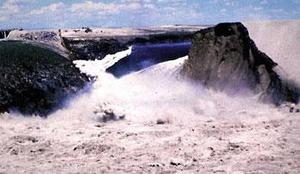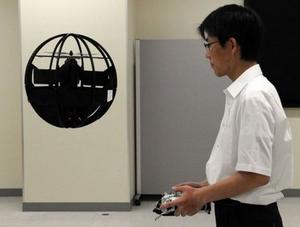Published 25 August 2011
Penn State is the latest to join the handful of educational institutes offering a minor in homeland security; the degree is available online and is designed to provide students with the skills needed to enter the homeland security field
An increasing number of colleges across the United States have recognized the critical importance of training the next generation of leaders in homeland security and are now offering specialized degree programs in the field.
Penn State is the latest to join the handful of educational institutes offering a minor in homeland security. The degree is available online and is designed to provide students with the skills needed to enter the homeland security field.
Courses will focus on homeland security and defense, terrorism, national security policy, security administration, border security, emergency management and critical infrastructure. Read more







